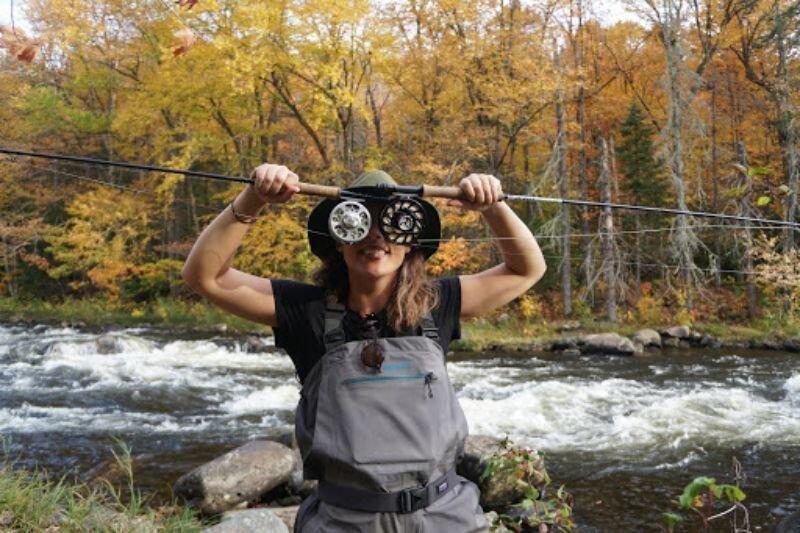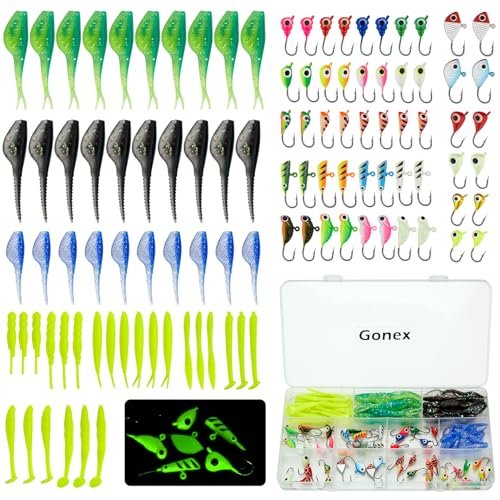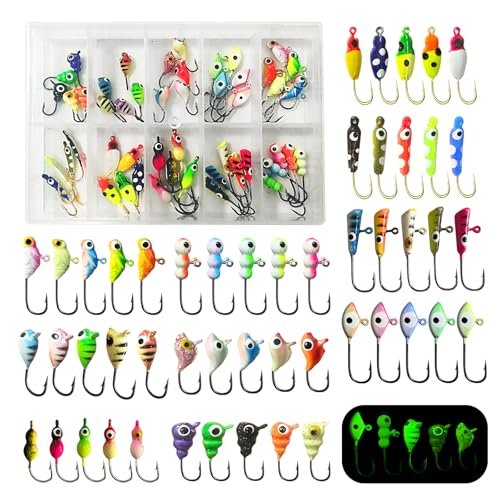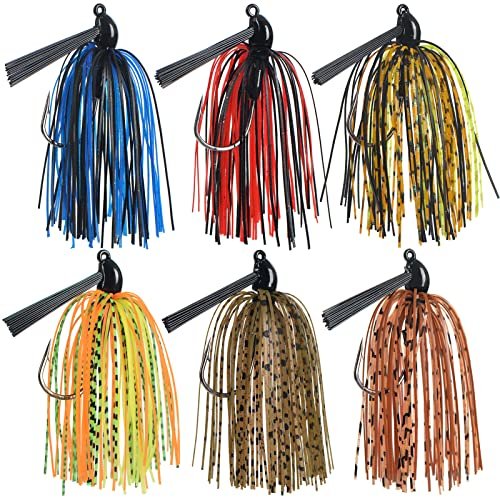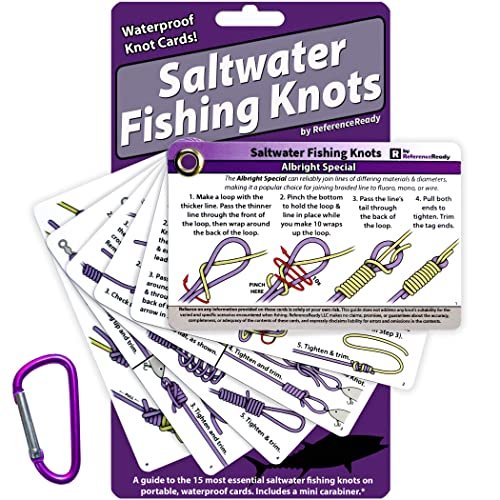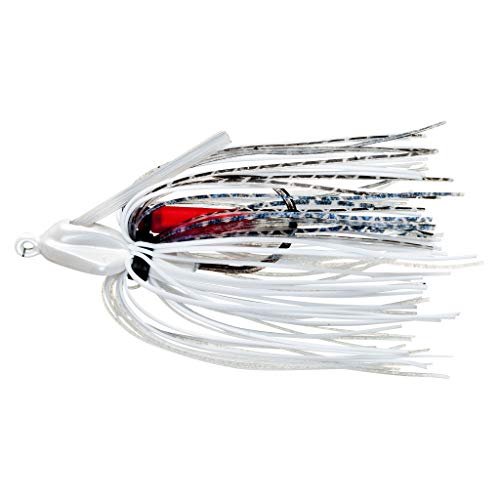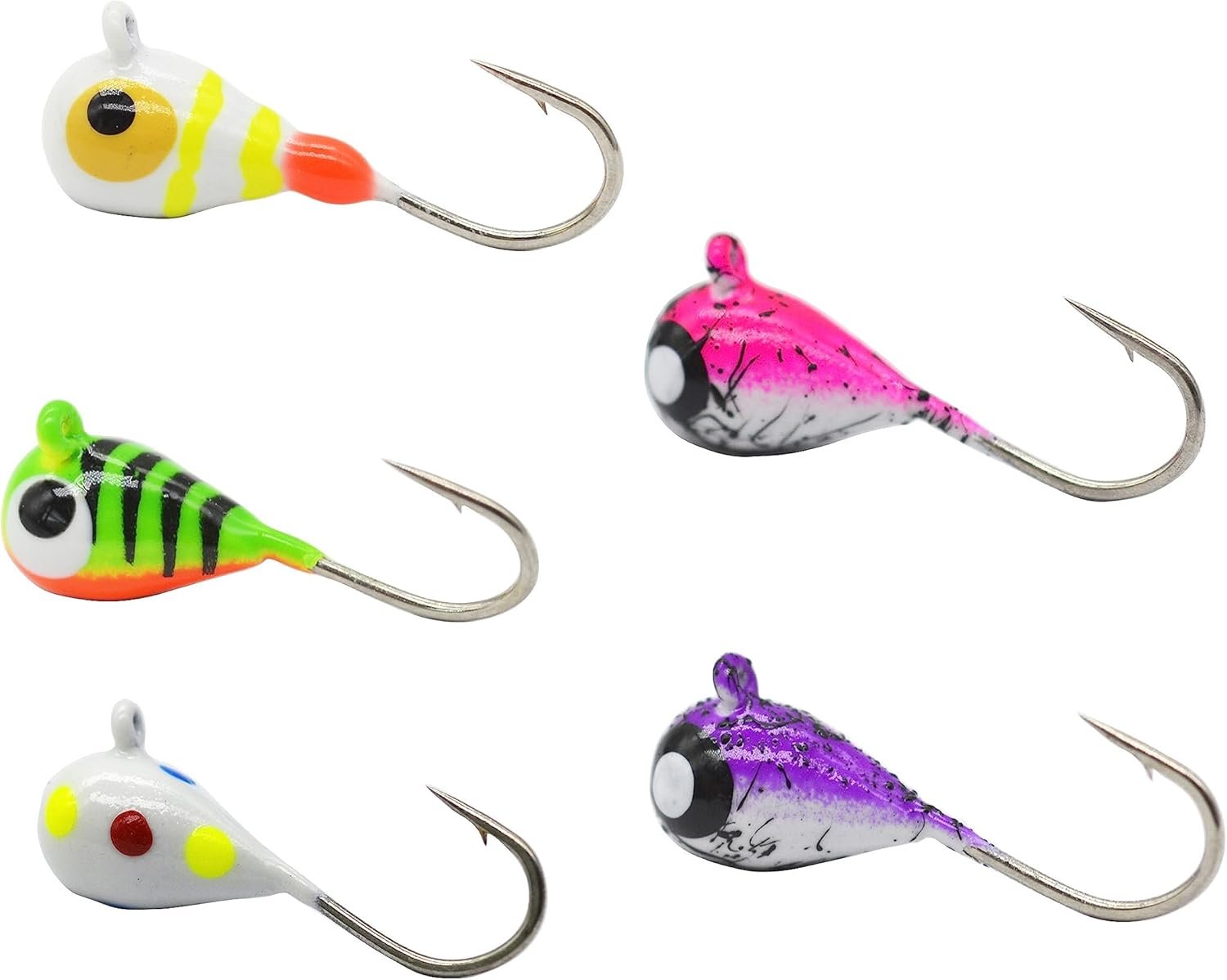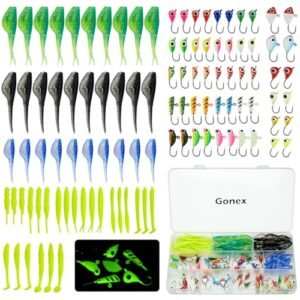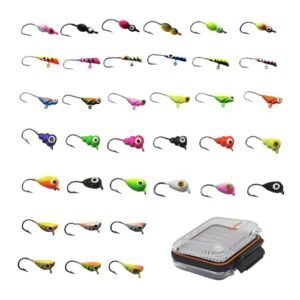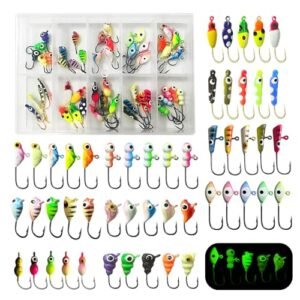Fly fishing lines come in various types, each suited for specific conditions. Weight-forward floating lines are popular for their versatility and ease of casting. These lines help beginners and experts alike to cast longer distances with precision. Sinking lines are better for reaching fish in deeper waters.
Each line type has distinct advantages based on water conditions, target species, and personal preference. Choosing the right line enhances your fishing experience, ensuring better performance and more successful catches. Proper maintenance of your line also extends its lifespan, providing better value for your investment. Always match your line to your rod and reel for optimal results.
Introduction To Fly Fishing
Fly fishing is a popular sport. It connects people with nature. Casting a fly is an art. The motion is smooth and graceful. People love the challenge of it. The thrill of catching a fish keeps them coming back.
Fly fishing gear includes a rod, reel, and line. Choosing the right line is crucial. Different lines work in different situations. Weight and length of the line matter. Beginners should start with a simple setup. Advanced anglers use specialized lines. Quality gear enhances the fishing experience.

Fly Line Basics
The core provides strength and flexibility. The coating affects the line’s buoyancy. The taper influences casting performance. Weight forward lines are best for beginners. Double taper lines allow for delicate presentations. Level lines are less common but useful for specific situations.
Fly lines come in different weights. Heavier lines cast larger flies. Lighter lines cast smaller flies more delicately. Weight is measured in grains. Standard fly line weights range from 1 to 14. Common weights for freshwater fishing are 4 to 6. Saltwater anglers often use 7 to 9 weight lines.
Types Of Fly Lines
Floating lines stay on the surface of the water. These lines are perfect for fishing in shallow water. They are easy to cast and good for beginners. Sinking lines go below the surface. These lines are useful for catching fish deep in the water. They are harder to cast but reach fish that swim low. Choosing the right type depends on your fishing needs.
Saltwater lines are designed for fishing in the ocean. They resist corrosion and are stronger. Freshwater lines are used in rivers and lakes. These lines are flexible and easy to handle. Cold water lines work best in cold climates. They stay soft and flexible even in freezing water. Warm water lines perform well in hot climates. They do not become sticky or soft under heat.

Material Matters
Fly lines have changed a lot over time. Early lines used silk, which was smooth and light. Modern lines use synthetic materials. These materials are more durable and less affected by water. Older lines needed frequent maintenance. Newer lines are easier to care for.
Today’s fly lines use PVC or polyurethane. These materials offer better floatation and casting. They also resist wear and tear. Modern lines often have coatings that improve performance. These coatings help the line slide smoothly through the guides. They also protect the line from UV damage.
Fly Line Taper Designs
The taper of a fly line helps control the casting distance. A well-designed taper makes the line easy to cast. It also helps in achieving accurate casts.
| Type of Taper | Features |
|---|---|
| Weight Forward (WF) | Great for long casts. Ideal for beginners. |
| Double Taper (DT) | Good for short casts. Better control and presentation. |
| Shooting Taper (ST) | Best for very long casts. Mostly for advanced anglers. |
Selecting The Right Fly Line
Matching the fly line to your rod and reel is vital. A balanced setup ensures better casting performance. Choose a line weight that matches your rod’s rating. For example, a 5-weight rod needs a 5-weight line. This balance helps in smoother casting and better control.
Different fishing conditions demand different lines. Floating lines work best in still waters and for surface flies. Sinking lines are ideal for deep water fishing. Consider water temperature too. Cold water lines stay flexible in chilly conditions. Warm water lines perform well in hot temperatures.
Maintenance And Care
Fly fishing lines need regular cleaning. Use warm water and mild soap. Gently scrub the line with a soft cloth. Rinse it well to remove all soap. Dry the line with a clean towel. Make sure it is completely dry before storing.
Store your fly fishing line in a cool, dry place. Avoid direct sunlight. Keep it away from chemicals and sharp objects. Use a line spool for storage. This prevents tangling and damage. Check the line regularly for wear and tear.
Top Fly Line Recommendations
Weight-forward lines are great for long casts. They help in windy conditions. Double taper lines offer better accuracy. They are ideal for short to medium casts. Sinking lines are perfect for deep water fishing. They get your fly to the fish quickly.
Fly lines should be durable and smooth. They must cast well in different weather. A good fly line should have low memory to prevent tangles. It should also have a strong core for better strength. The line should be easy to handle and float well on water.

Frequently Asked Questions
What Line Is Best For Fly Fishing?
The best line for fly fishing is a weight-forward floating line. It offers better casting control and distance.
What Is The Easiest Fly Line To Cast?
The easiest fly line to cast is a weight-forward floating line. It provides better control and distance for beginners.
What Type Of Fly Line Should I Get?
Choose a fly line based on your fishing type: weight-forward for distance, double taper for precision, or sinking for deep water.
What Color Fly Line Is Best For Trout?
Bright colors like yellow, orange, and green are best for trout fly lines. They enhance visibility and casting precision.
Conclusion
Choosing the best fly fishing line is essential for a successful fishing experience. Consider factors like water type, fish species, and personal preference. Test different lines to find the perfect match. With the right line, you’ll enhance your skills and enjoy your fishing adventures even more.
Happy fishing!
